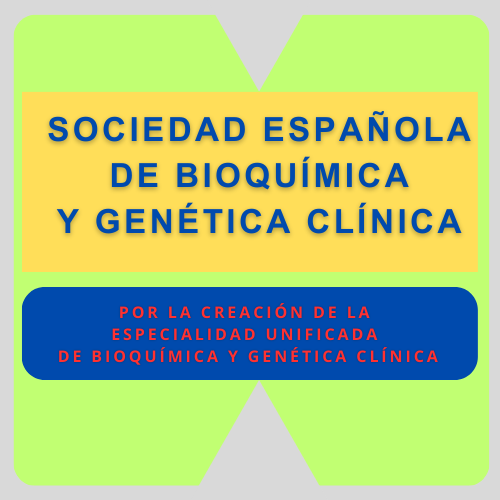Etiqueta: AmJHumGenet
-
Functional classification of platelet gene variants using CRISPR HDR in CD34+ cell-derived megakaryocytes
Using CRISPR-edited CD34+ cells differentiated into megakaryocytes, CRIMSON HD models Glanzmann thrombasthenia phenotypes, providing a robust, lineage-relevant framework for functional testing and reclassification of clinically ambiguous variants in in…
-
This month in The Journal
Through paleogenomics, the study of ancient DNA (aDNA), scientists have been able to construct chronologies of human evolution, detailing interactions between Homo sapiens, other species, and past environments. Paleogenomics differs from modern genomic…
-
Improving polygenic risk prediction performance by integrating electronic health records through phenotype embedding
EEPRS integrates electronic health record-derived phenotype embeddings with GWAS summary statistics to improve polygenic risk prediction. Using embedding methods such as Word2Vec and GPT, EEPRS enhances both single- and multi-trait PRS performance and …
-
Genomic medicine year in review: 2025
Starting in 2019, AJHG has published an annual feature1,2,3,4,5,6 identifying ten key advances in applying genomic information to clinical care that were reported in the previous 12 months of published literature. The Genomic Medicine Working Group of …
-
Transitions in interesting times
When I assumed the role of editor-in-chief of the American Journal of Human Genetics (AJHG) in January 2018, I introduced myself in an editorial entitled “Transitions in an era of disruptive change.”1 That proved to be an apt title, as will be outlined…
-
Residual allelic activity likely underlies the low rates of disease expression for predicted loss-of-function variants in population-scale biobanks
Loss-of-function variants in genes linked to haploinsufficient Mendelian diseases have unexpectedly low rates of phenotypic expression in population-scale biobanks. Using statistical modeling and machine learning, we demonstrate that many of these vari…
-
Collaborative science in genomics: The value of data sharing and thoughtful stewardship
Large-scale data sharing is indispensable for advancing human genetics and genomics (HGG) research and medicine. The willingness of study participants and researchers to share data has been the foundation of rapid advancements of the HGG field for deca…
-
Genetic variants in ESRRG are associated with a dominant non-progressive congenital movement disorder with ataxia
Heterozygous variants in ESRRG are associated with an autosomal-dominant, non-progressive congenital movement disorder. Clinical characterization of eight individuals, supported by in silico modeling and cell-based functional assays, defines a recurren…
-
Training competencies and recommendations for the next generation of public health genetics: Reflections from current leaders in the field
As genomics becomes increasingly embedded in research, healthcare, and society, training programs must adapt. Through focus groups with leaders across public health genetics subfields, we developed updated competencies reflecting the skills future prac…
-
Bi-allelic PRMT9 loss-of-function variants cause a syndromic form of intellectual disability
Bi-allelic loss-of-function variants in protein arginine methyltransferase 9 (PRMT9) cause a neurodevelopmental disorder with variable severity. Affected individuals have mild to severe intellectual disability, global developmental delay, autism spectr…
